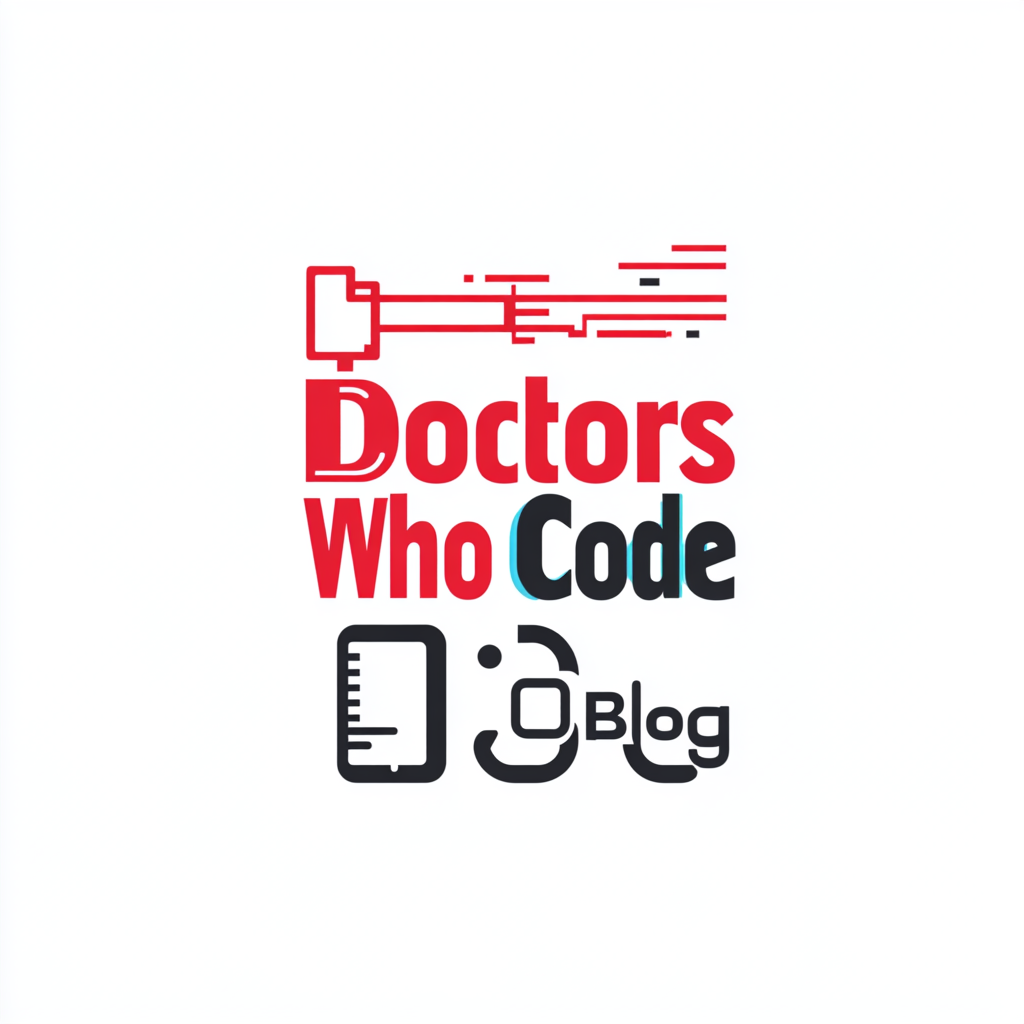Meta Description
Discover how AI in obstetric ultrasound is reshaping prenatal care by improving diagnostic accuracy and access to care. Learn about its benefits and future potential.
Introduction: Why AI in Obstetric Ultrasound Matters
Artificial intelligence (AI) is not just a technological buzzword; it is a powerful tool reshaping the future of healthcare. Nowhere is this more evident than in obstetric ultrasound—a cornerstone of prenatal care. Every expectant parent hopes for the best outcomes, and obstetric ultrasound plays a critical role in monitoring fetal development, diagnosing abnormalities, and managing high-risk pregnancies. Yet, its effectiveness often hinges on the skill of the operator and the availability of advanced equipment, which can be scarce in low-resource settings. Enter AI: a game-changer poised to revolutionize how prenatal imaging is conducted and interpreted.
Imagine a world where AI ensures diagnostic precision, streamlines workflows, and bridges gaps in access to quality care. From automating repetitive tasks to providing real-time guidance, AI offers unprecedented opportunities to enhance maternal and fetal health outcomes. This narrative explores the transformative potential of AI in obstetric ultrasound, the challenges it must overcome, and how clinicians can prepare for this seismic shift.
AI Applications in Obstetric Ultrasound: Transforming Possibilities into Practice
First Trimester Breakthroughs
The early stages of pregnancy are critical, and AI is making impressive strides in this area:
- Nuchal Translucency (NT) Measurements: With AI, NT detection becomes faster and more accurate, reducing variability.
- Gestational Sac and Plane Detection: AI excels in identifying the mid-sagittal plane and sac dimensions, ensuring precise early assessments.
Revolutionizing Fetal Biometry
Measuring fetal growth parameters is a cornerstone of prenatal care, and AI is pushing boundaries:
- Head Circumference (HC) and Abdominal Circumference (AC): Automated measurements reduce human error.
- Femur Length (FL) Assessments: AI ensures consistent accuracy in determining fetal growth.
- Gestational Age Estimation: AI-powered models like convolutional neural networks (CNNs) enhance predictive accuracy.
Heart of the Matter: Fetal Cardiac Imaging
Congenital heart defects are among the most challenging to detect. AI is changing that:
- AI-driven systems identify abnormalities with remarkable precision.
- Automated quality control for four-chamber view imaging ensures consistency.
Understanding the Placenta
The placenta’s health is vital for pregnancy outcomes, and AI is leading advancements:
- Segmentation and Abnormality Detection: AI predicts complications like placenta previa or hypertensive disorders.
- Placental Maturity Staging: Deep learning models track placental development, offering early warning signs.
Neurosonography Simplified
AI tackles the complexity of fetal brain assessments with remarkable efficiency:
- Localizes intracranial planes for better neurodevelopmental insights.
- Measures brain structures, aiding in early detection of anomalies.
Overcoming Challenges: The Roadblocks to AI Adoption
No transformation is without its challenges. For AI in obstetric ultrasound, the hurdles include:
Technical Complexities
- Fetal movement and positioning challenge real-time imaging.
- Image quality inconsistencies due to maternal body habitus or artifacts.
Data and Diversity Gaps
- AI systems require vast, diverse datasets for training, which are currently limited.
- Models often lack generalizability across different populations and regions.
Ethical and Legal Considerations
- Patient data privacy and security remain top concerns.
- Establishing accountability for AI-driven diagnostic errors poses legal challenges.
The Future of AI in Obstetric Ultrasound: What Lies Ahead
The horizon is bright for AI in prenatal care, with several promising developments:
Real-Time Scanning Assistance
AI could soon guide operators during scans, helping even less experienced clinicians achieve accurate results.
Telemedicine Expansion
By integrating with telehealth platforms, AI could enable remote diagnostics and consultations, bringing expert care to underserved areas.
Collaborative Innovation
Interdisciplinary partnerships between healthcare providers and tech developers are key to advancing AI tools.
Bridging Research Gaps
Focused efforts on creating explainable AI models and inclusive datasets will enhance trust and utility.
Preparing Clinicians for the AI Revolution
AI adoption is not just about technology; it’s about readiness. Obstetricians can prepare by:
- Embracing Training Programs: Learn to interpret AI-generated outputs and integrate them into clinical workflows.
- Building Collaborative Networks: Partner with AI developers to align technology with real-world needs.
- Gradual Integration: Start with AI tools that complement existing practices, ensuring smooth transitions.
Conclusion: Embracing the Future Today
The integration of artificial intelligence into obstetric ultrasound is not a distant dream—it’s happening now. By addressing the challenges of operator dependency, accessibility, and diagnostic precision, AI is set to revolutionize prenatal care. For clinicians, the key to success lies in understanding and embracing these innovations. By doing so, we can ensure a future where every expectant parent receives the best possible care, regardless of location or circumstance.
Primary and Secondary Keywords
- Primary Keyword: AI in obstetric ultrasound
- Secondary Keywords: artificial intelligence in prenatal care, fetal biometry automation, AI-driven placental assessment, AI for fetal heart imaging
Suggested Internal Links
- Benefits of AI in Radiology
- The Future of AI in Maternal-Fetal Medicine
- AI Tools for Low-Resource Healthcare Settings
C. Onyeije
Horgan, R., Nehme, L., & Abuhamad, A. (2023). Artificial intelligence in obstetric ultrasound: A scoping review. Prenatal Diagnosis, 43(9), 1176–1219. https://doi.org/10.1002/pd.6411

